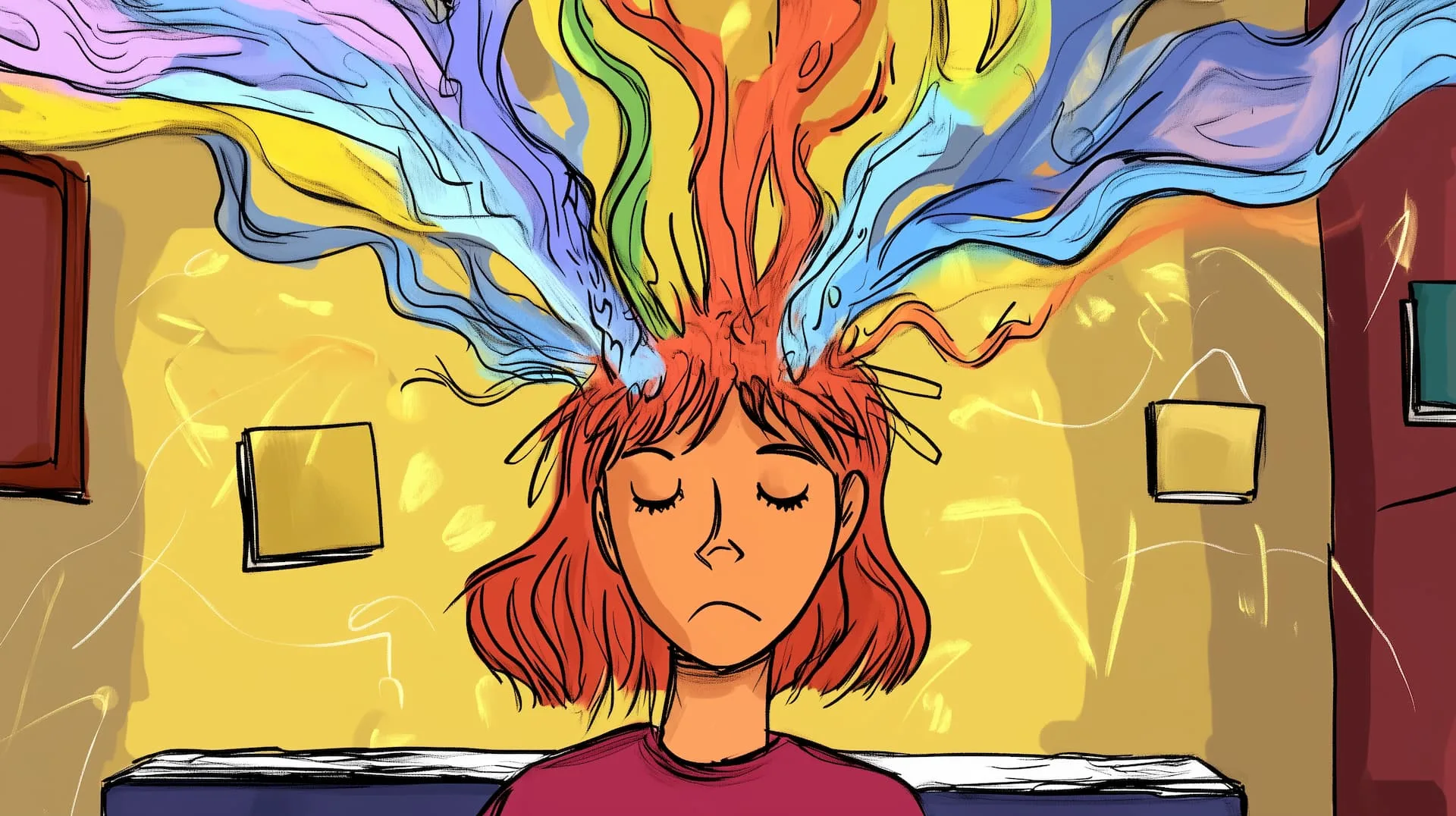
Learning Tarot may seem intimidating at first, but don’t despair: here are a few easy strategies that will get you going!
Start by finding a quiet space that makes you comfortable. Some readers like using sage, incense, crystals or candles to set the atmosphere and purify their environment.
Shuffle the Deck
When reading tarot cards, proper shuffling is crucial. Doing this ensures all cards have equal odds of appearing in your reading and that the deck doesn’t favor certain cards over others. There’s no one-size-fits-all approach when it comes to shuffling; rather, as you become more acquainted with tarot you will develop your own style for shuffling cards.
Shuffling cards is an opportunity to set an intention and focus on your question or goal for this reading session. Instead of thinking about work obligations or weekend plans, focus on your goal by seeking guidance from spirit guides or asking the universe for assistance in answering your queries or providing insight.
Some tarot readers prefer keeping things straightforward by simply drawing from the top of a deck as it’s being shuffled, while others find more success by spreading out the cards on a flat surface and hovering their hand over them until one or more cards pull their interest. Starting out can benefit greatly from taking this approach: getting acquainted with them while developing intuition about their meaning will become second nature much sooner!
Once you become more familiar with the cards, it’s easy to begin understanding their meaning by looking for patterns in themes, symbols and colors within readings. If necessary, consult a book or website about traditional card meanings if having difficulty connecting with images on them.
While learning the cards is integral to tarot, getting experience through readings for yourself or friends is even more essential. Both Tea and Ferguson agree that doing readings for others is the best way to connect with and interpret tarot cards while increasing intuition and building awareness of its meaning and depth. Much like learning any language, reading tarot books alone won’t enable you to fluently interpret tarot cards on its own – you must apply yourself regularly if you want fluency!
Establish the Focus
An unfocused reading can quickly become confusing for beginners. When reading for yourself or someone else, it is crucial that you establish a focal point and understand what the cards are telling you. This will enable you to fully appreciate what’s being communicated to you by the cards.
To achieve this goal, it’s necessary to create three areas – physical space, emotional space and spiritual space – for yourself when divination. This could involve making sure your room is free from distractions while setting an appropriate atmosphere with candles or incense or soothing music as tools to do just this.
Before going in for any readings, it is also necessary to set an intention and call in guides, angels, or Universal energy. Additionally, create mental space by clearing away clutter in your mind and focusing solely on the reading that’s about to take place.
Once you’ve set up your space, the next step should be determining your goal for the reading. Ask the cards for guidance on a particular issue or just seek insight into current events; perhaps you want to know whether now is the right time to quit your job and start that business you always envisioned – when asking for direct answers it may lead to confusing results; ask an open-ended question instead for best results.
When it’s time to shuffle the cards, either yourself or ask the querent can do this task. While shuffling, be mindful of which cards grab your eye or feel right to you; reversed cards may even show up; it is important to remember that not all reversals in tarot readings are necessarily bad; some may offer helpful messages.
Ask Your Question
Starting out with reading the Tarot can be daunting, so having a specific question in mind can be helpful in narrowing your focus. Tarot doesn’t necessarily predict future events but provides guidance as to how best to navigate them; therefore it makes for great use when trying to gain insight into a situation or circumstance.
Your options for reading cards include selecting just one card for an in-depth reading or using multiple cards in what’s known as a spread. In general, more cards means deeper interpretation; however beginners should start off slowly by starting with smaller spreads since interpreting multiple cards may feel overwhelming.
Dependent upon the type of tarot spread you choose, each card can represent different aspects of your inquiry. A three-card reading may shed light on past, present and future considerations regarding an important life decision you are contemplating; while more advanced readings such as an astrological tarot spread provide insights into relationships among zodiac signs as well as help encourage self-discovery and growth.
Once your cards are arranged into their desired layout, take some time to connect with their energy and interpret. Each card’s colors, symbols and images may offer clues as to its meaning – for instance an Ace of Pentacles may indicate it’s time to be more collaborative in your work environment, while three Pentacles could suggest you’re experiencing abundance or prosperity in some form or fashion.
When first learning how to interpret tarot cards, practice on your own or with friends until you gain some confidence in your abilities. After some experience is gained, consider joining a community of tarot readers that can support and expand upon your practice and growth – this may also help foster trust between intuition and spiritual people and develop supportive networks.
Interpret the Cards
Tarot reading can be an incredibly insightful tool for self-reflection and guidance, yet should never be seen as a means of telling someone what to do or foretelling the future. Before beginning to read, it is crucial to establish clear starting points and set the reading up for success; this can reduce anxiety for both you and your client alike, especially if you are new to Tarot.
Once you have established your focus and question, drawing cards and creating a spread is easy. There are numerous layouts to choose from and each has its own significance and energies; certain spreads may even work better for certain questions than others – for instance a Yes/No Tarot Spread can be helpful for beginners since only one card needs to represent whether an answer is yes, no or maybe.
When reading cards, look out for repeated themes, symbols, colors and card placement. Be mindful of their proximity as this will give an indication of meaning and depth of reading – for instance if there are many swords or knives present this could indicate issues of communication and conflict between individuals or parties involved.
Be sure to ask for clarification whenever necessary; it’s normal to feel overwhelmed or confused during readings, and when this occurs it is okay to seek assistance when needed. Deck reference books provide extra help when it comes to understanding cards.
Make sure to build and expand your intuitive skills over time. As you become more acquainted with Tarot cards, it should become easier to align intuitions with their meanings. There are many resources online and in books that can help expand on this understanding; additionally there are classes and workshops offered both virtually and physically.





